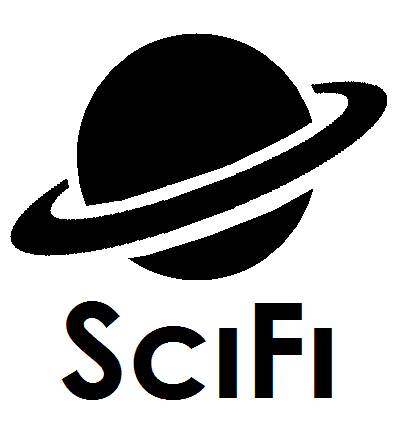I’ve always considered the term “science fiction,” as applied to writing, film and other speculative media involving scientific concerns, to be somewhat inadequate. It has always seemed to me that the worlds created within the pages or upon the screen are literally written into existence, brought to life, fully functioning and self-sustaining in the imaginations and minds of the viewers and readers, whereas the term “fiction” would seem to deny the world its possibility of being.
Science fiction also denotes a false sense of cause and effect, as though the writing or film is influenced by the field of science in a unilateral direction, instead of both science and speculative works being mutually influenced by each other. Science and technology have benefitted from the imaginations of science fiction writers as much as the reverse, and many sci-fi writers are, in fact, scientists, or are consulted by scientists when their work predicts the future or thinks up new possibilities and uses for technology. Many of the words and terms that we believe to have been fashioned in a laboratory, such as “zero gravity,” “ion drive,” and “robotics” were first used in science-fiction stories, and subsequently integrated into science jargon. And any sci-fi writer will tell you that extensive research into the scientific area that your story is focused on is crucial and perpetual. Likely, the same is true for other artists and performers whose works are speculative or science fictional in nature.
In this ongoing examination, we will look at the use of technology in the writings and art of popular and contemporary Black speculative writers and artists, what the technology comments on or correspond to in reality, how that technology anticipates some later development in science, or how the work expands or redefines the meaning of technology.
Black No More: Being an Account of the Strange and Wonderful Workings of Science in the Land of the Free, AD 1933-1940 written in 1931 by George Schuyler, tells the story of a technology invented by a Black scientist named Dr. Crookman that changes a Black person into a white person. The transforming technology seems to anticipate the skin-bleaching phenomenon that would later grip societies all around the world. Although many sources trace skin-lightening techniques back to ancient times, skin-lightening cream did not come into mass production until the 1960s. In 1940, it was discovered that the chemical compound hydroquinone would depigment skin in people of color wearing rubber gloves made of the compound. In 1978, the Food and Drug Administration would issue proposed rules for over-the-counter drugs containing hydroquinone, which included skin-bleaching products. The chemical has since been banned in several countries, but remains available over the counter in the United States if it contains the chemical below a certain percentage. In Schuyler’s time, just as in 2014, lighter skin means a higher rung on the social hierarchy, along with better social and economic opportunities. Crookman’s machine, described as “a cross between a dentist’s chair and an electric chair,” also anticipates the use of cosmetic surgery to alter appearance. The technology in the novel changes not only the Black person’s skin pigmentation, but hair texture and color, nose and lips.
In her short story Like Daughter (appearing in the Dark Matter anthology), speculative author Tananarive Due paints an eerie picture of “designer babies” taken to its most extreme conclusion. Synthesizing the concepts of genetics, epigenetics, trauma and memory, Due’s story, released in 2001, seems to anticipate the use of preimplantation genetic diagnosis to pre-select preferred qualities of a child, such as its eye color and gender, and advances in assisted reproductive technology that could eventually allow parents to genetically engineer a child.
Amiri Baraka has two works in particular which are a speculative re-imagining of the function and use of technology. Rhythm Travel, also found in the Dark Matter anthology, envisions a way of traversing space-time that allows the traveler to “be the music,” disappearing and reappearing wherever and whenever the music is played. This 1996 story is an interesting parallel to Baraka’s earlier 1969 essay Technology and Ethos, where he calls for us to dramatically redefine and create new technologies that push beyond the boundaries established by the politics of the white scientific institution. The Molecular Anyscape used in Rhythm Travel appears to be one of the machines produced by the spirit that Baraka refers to in Technology and Ethos.
What are some other uses of or comments on technology in the speculative works of Black writers, artists and performers?
Rasheedah Phillips is a Philadelphia public interest attorney, speculative fiction writer, the creator of The AfroFuturist Affair, and a founding member of Metropolarity.net. She recently independently published her first speculative fiction collection, “Recurrence Plot (and Other Time Travel Tales).”

